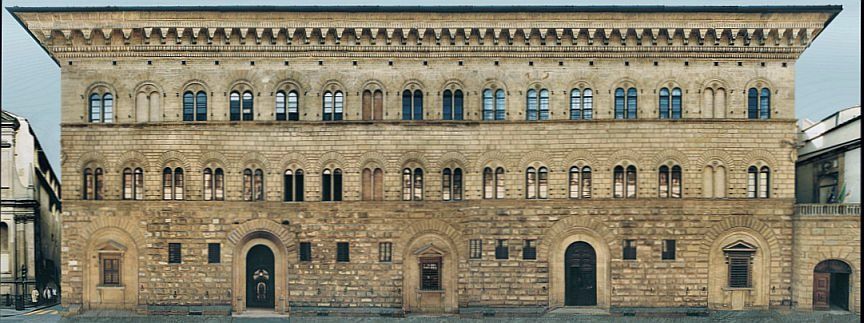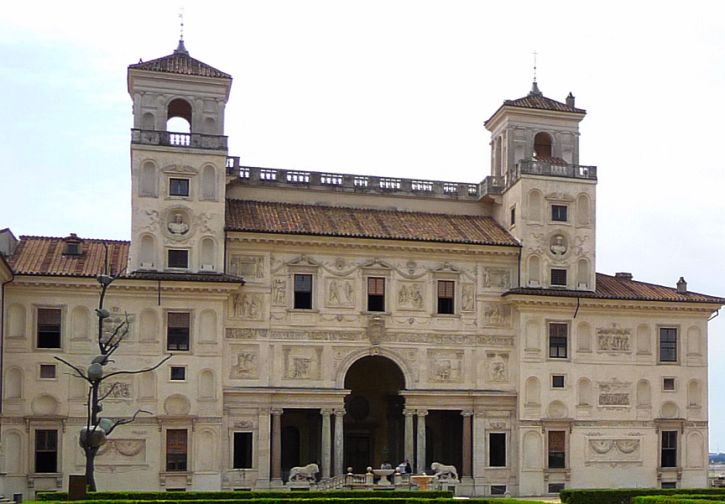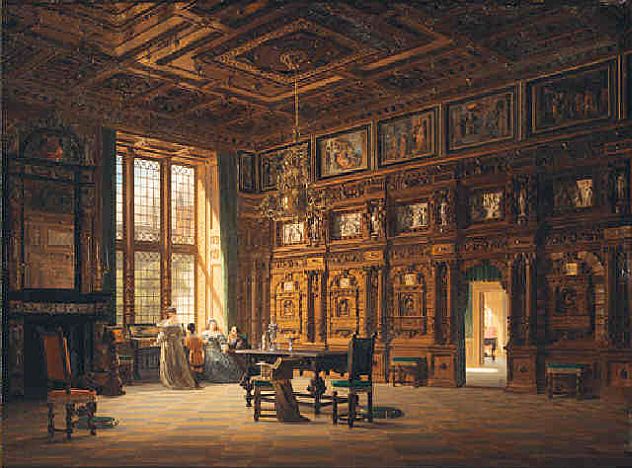RENAISSANCE ARCHITECTURE
|
|
The invention of scientific perspective and a pervasive fascination with numbers and proportions greatly influenced the forms of architecture and interiors. In the Classical era of the past, the Roman architect Vitruvius had written his "Ten Books on Architecture," which catalogued the key elements of Greek and Roman architecture. Now, these books were rediscovered. They, along with the Renaissance view that architecture was the supreme art, led many individuals to design buildings. The group included not just architects but painters and sculptors (such as Michelangelo), philosophers, and even masons. All followed the dictates of classical Greco-Roman formulas. Typically, a palazzo was built by the wealthy class for urban living while a country villa provided them a refuge from city heat in the summer.
|
Palazzo Medici - City House

cisa3.calit2.net
|
Villa Medici - Country House

commons.wikimedia.org
|
RENAISSANCE INTERIORS
|

www.artnet.com/artists/lotdetailpage.aspx?lot_id=89E60CE72807E128
|
|
With rising wealth, interiors became ever more elaborate and richly decorated and specialized areas developed such as the dining room, bedroom, and study, which housed books and provided a place for the pursuit of knowledge. Bedrooms became lavish and specialized types of furniture for the new rooms were also introduced, including large dining tables with elaborately carved bases. Beamed and coffered ceilings had richly carved wood paneling with inserts of oil paintings. Walls were painted with frescoes or covered with wood paneling and fireplaces were large, often completed with a large "hood" or a framed mirror over an elaborate mantel. Floors were finished with tile, brick, marble, or terazzo. Built to impress, these homes were grand in scale.
|
return to top | previous page | next page